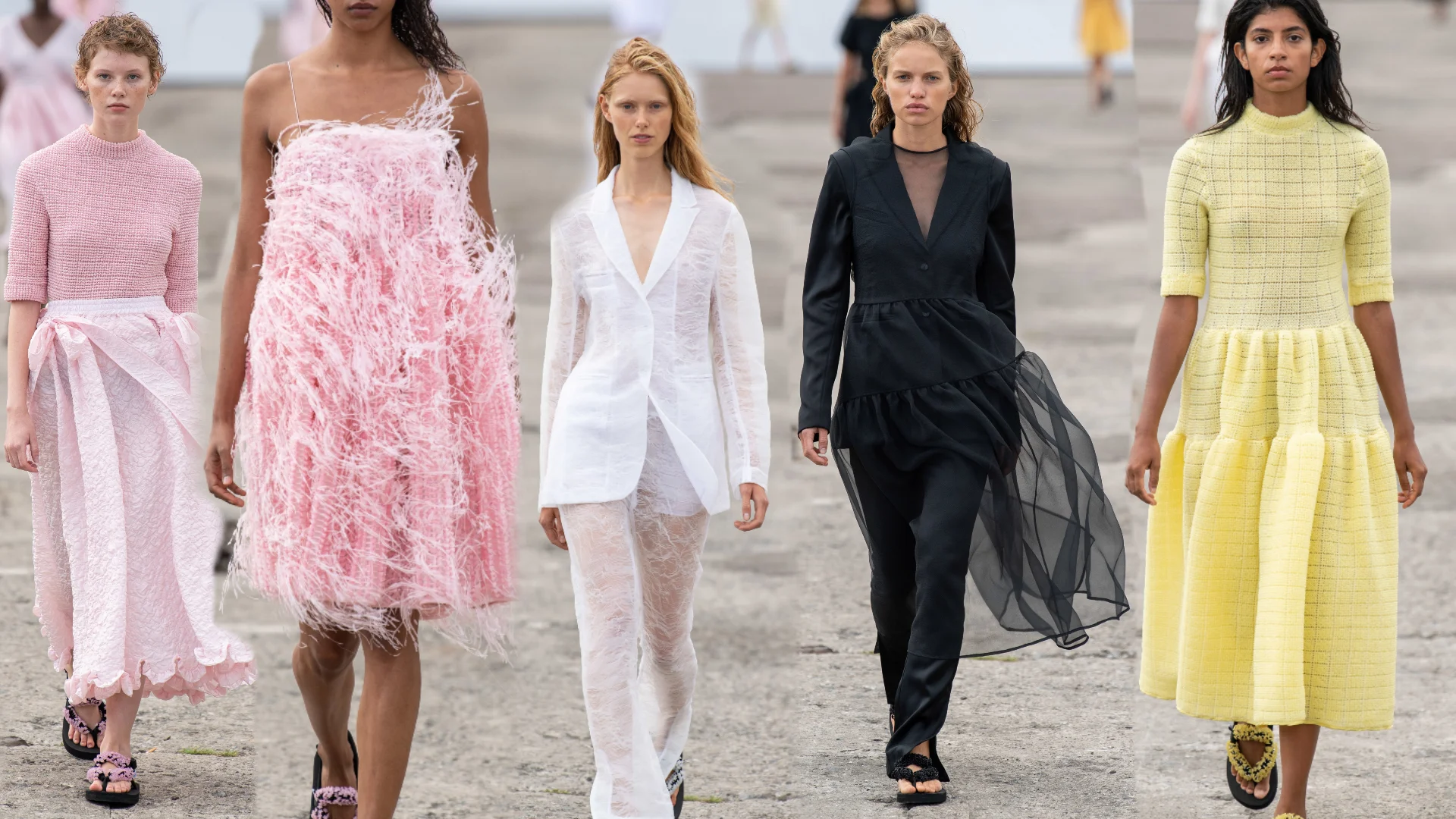Alliance for a New Era
This year I had the honored of being invited to the Global Fashion Agenda’s annual summit. If you have been following for some time, then you know that fashion circularity is something that I am most passionate about. Over a decade ago, I fell in love for thrifting and shopping pre-loved and vintage items. Honestly, I couldn’t believe how inexpensive such well-made and unique the secondhand clothing was. Unfortunately, I later realized that not everyone had such an appreciation and fondness for discovering Something New, among others’ Something Old. Trend led, fast fashion was much more appealing to my counterparts. Social media and immediate access to what celebrities were wearing on and off duty pushed the masses to covet designer.
As fashion consumers have become more enthralled in “see now, wear now”; fashion production has ultimately increased sending the global fashion supply chain into overdrive. Currently the way clothing is mass produced is unsustainable. Our planet is subjected to increase greenhouse gas emissions, incinerations have increased, and the entire process of manufacturing fabrics and textiles requires copious amounts of water.
The purpose of the Global Fashion Agenda’s fashion summit is to simply assemble like-minded, change makers and stakeholders into the same room and create solutions and new initiatives that will have positive impact on the planet, as well as forge to achieve net zero within the sector. Reversing the effects of the negligence caused by the fashion industry requires the formation of alliances through commitment and legislation.
A major takeaway was realizing that simply shipping secondhand clothing to a developing country isn’t offering much service, aid or relief to the people. As Liz Ricketts of the Or Foundation so vividly explained, that in the global North we consider this redistribution of clothing or textiles as circularity, diversion, charity, or recycling. When in actuality, 40% of all the 15 million garments of clothing that land on the continent of Africa weekly goes to waste and ends up in landfills. This idea of waste management doesn’t empower the players of the Global South at all. The secondhand clothing trade is a one-sided operation of blatant “disaster capitalism” which primarily benefits the Global North through the subsidization of domestic jobs. Many view importing secondhand clothing into the global South as negligent. The suppliers of the clothing and textiles are providing low-cost resources and waste management solutions.
Social manipulators are leveraging the desperation of the citizens, in these parts of the World, who are simply looking to participate in fair trade practices and earn a living wage. Unfortunately, there isn’t an wholly exhibit of circularity.
Many consider the supply chain power dynamic as linear and believe it doesn’t empower all stakeholders. Thus, leaving the economy off balance. As Liz Ricketts said during a panel that “instead of redistributing materials focus on redistributing wealth and power”, which would ensure equity and justice for all.
Moving Forward…
So, it’s safe to say that exporting secondhand clothing to the global South isn’t sustainable or useful, but only acts as a temporary waste management solution for the global North. Creating a truly circular economy is what will ultimately lead to cleaner, greener Planet with empowered inhabitants.
Radical redefining would require systemic changes and mindset shifts from all stakeholders, especially industry brands. Unfortunately, many brands are seeking the cheapest manufacturer to produce their goods, in hopes of gaining a competitive advantage with reduced labor cost and minimal worker labor rights. Being practical, ethical and solution oriented have taken a back seat as many producers are fast-tracking the race to the bottom.
In fact, brands must begin moving beyond simple ideas such as transparency or traceability, and focus moreso on progressive, tangible selective solutions. Readjustments will start when alliances are built within supply chains. One of the standout ERP policy announcements from the event was the OR Foundation and SHEIN partnership. Because the brand acknowledges that their waste may be ending up in landfills in the global South, SHEIN is donating $50 million USD over the next 5 years for waste management in those affected communities. This is an outstanding way to shift power dynamics and foster real system change through action.
Other policy and legislative solutions mentioned during the summit included the Paris Agreement for Climate Change Agenda. This intergovernmental agreement between 197 entities works to limit global greenhouse gas emissions and prevent the rising of global temperatures below 1.5 degrees. The deal also set the goal of maintaining and publishing greenhouse gas reduction targets and most importantly moving the sector to NetZero carbon emission by 2050.
Closing thoughts on ensuring that the fashion supply chain become sustainable offered solutions for change. Examples include the idea of brands using digital IDs/passports, supply chain alliances and smart regulations to curb the global greenhouse gas emissions produced by the apparel and footwear sectors.













